5 common myths about osteoporosis, debunked
Get the facts and learn how to protect your bone health.
Updated on November 2, 2023
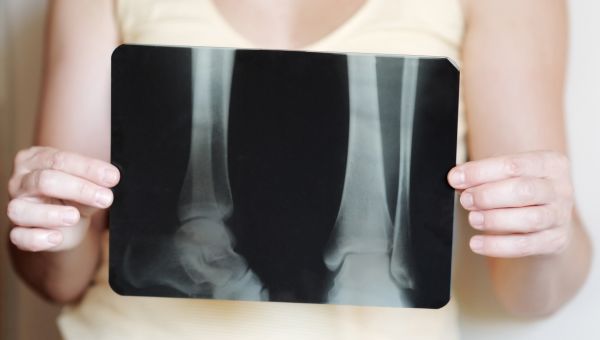
Osteoporosis occurs when bones become weak, brittle, and more likely to break. More than 10 million people in the United States have osteoporosis and another 43 million are at high risk for the disease. As common as the condition is, though, it’s still surrounded by many misconceptions, which may prevent people from seeking the care they need.
Read on to get the facts about osteoporosis to help safeguard your bones now and into the future.
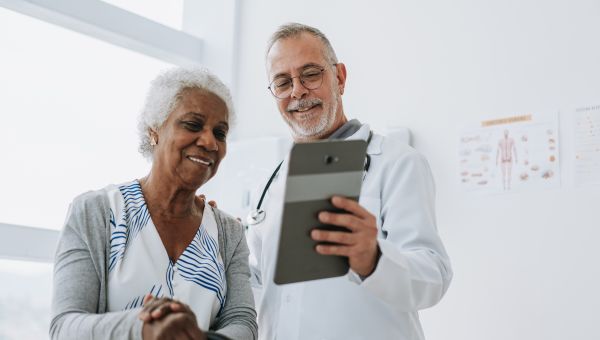
Myth: Osteoporosis is Just Part Of Getting Older
Bones are made up of living tissue that’s constantly being replaced. But once you’re in your 30s, you may start losing more bone than you replace, causing your bones to become weaker and thinner. This may put them at an increased risk of breaking over time.
As you get older, your risk for osteoporosis increases, but it’s not an inevitable part of aging, and not everyone develops the condition. People who are postmenopausal can experience even faster bone loss. That’s because a drop in estrogen (a hormone that helps slow down bone breakdown) reduces its protective ability.
Getting plenty of exercise along with eating a calcium and vitamin D-rich diet is vital to keeping bones strong. You’re never too old to adopt healthy habits that support your bone health.
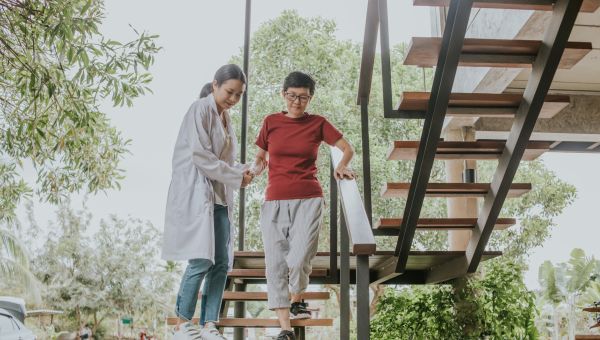
Myth: Osteoporosis is A Problem For Older White Women
It’s true that people who experience menopause are more likely to develop osteoporosis. But men are still at risk, especially those aged 70 and over. And even though older men have fewer osteoporosis-related fractures, men who experience a serious fracture, such as a hip fracture, have higher rates of fracture-related complications and deaths, according to the National Institute of Arthritis and Musculoskeletal and Skin Diseases.
Other people who are at risk for osteoporosis include slender men and women and those who have a family history of osteoporosis or hip fracture. And while osteoporosis is more common among white people, people of Asian descent are also at increased risk.
Despite these risk factors, osteoporosis can affect anyone of any sex assigned at birth, race, or family background. Everyone should be vigilant about their bone health.
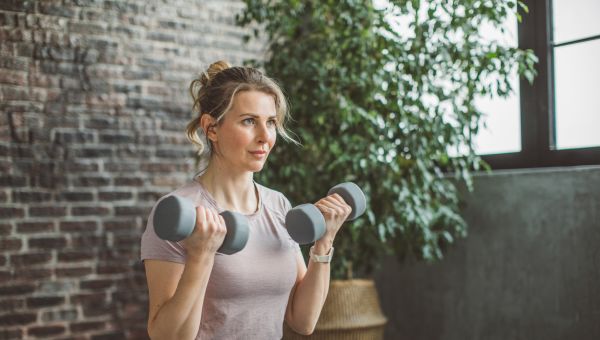
Myth: You Can’t Prevent Osteoporosis
There are several ways you can protect your bone health and help reduce your risk for osteoporosis, according to the National Institute on Aging. Weight-bearing and muscle-strengthening exercises can help keep bones strong. Weight-bearing exercises include:
- Walking, jogging, hiking, and climbing stairs
- Dancing
- Tennis
- Strength training
If you’re concerned about stress on your joints, low-impact activities, such as walking or using an elliptical machine, can also help keep your bones strong. Practicing yoga and lifting weights—even light ones—are other ways to build muscle that helps support your bones. Check with your healthcare provider before starting an exercise routine to make sure it’s right for you.
When it comes to strong bones, diet matters, too. That means consuming enough calcium and vitamin D. Women younger than 50 and men younger than 71 should get 1,000 milligrams (mg) of calcium daily. Women age 50 and older and men 71 and older should get 1,200 mg, according to the Bone Health and Osteoporosis Foundation (BHOF). Most adults younger than 50 should also get between 400 and 800 international units (IU) of vitamin D daily, the BHOF advises. Those 50 and older need between 800 and 1,000 IU.
Certain lifestyle habits also make a difference in your risk of developing osteoporosis. The number one habit to kick for good is smoking, as it raises your risk for weak bones. Drinking alcohol can also harm your bones, so drink moderately if you do at all. That means no more than two drinks per day for men, one per day for women.
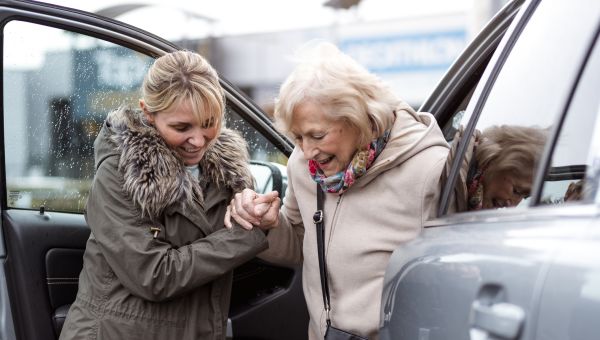
Myth: Osteoporosis is Not A Serious Condition
Osteoporosis is often a “silent” disease. Some people may not even realize they have it until they break a bone. This may be dangerous for older people who may have other underlying health issues.
In a 2020 study published in the journal Injury, researchers found that one year after a hip fracture, only about one in four people were able to live a fully independent lifestyle, which involves performing everyday functions like shopping and cooking. Nearly half of people who fractured a hip had serious disabilities one year later and more than a quarter died as a result of complications from the fracture or fall.
While osteoporosis can go undetected for a long time, once it makes itself known, it can be life-changing or even deadly.
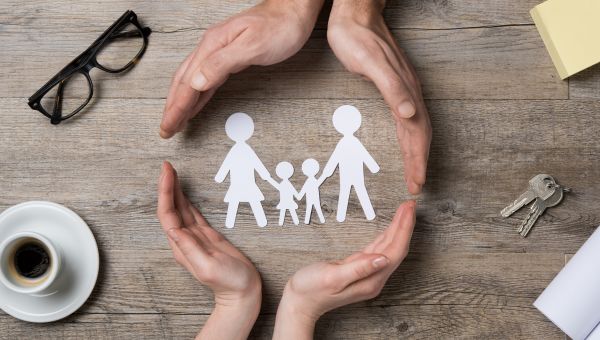
Myth: Genes Don’t Matter for Osteoporosis
In fact, some people are genetically more susceptible to osteoporosis than others. Risk factors for bone loss that can’t be controlled include older age, being assigned female at birth, being white or of Asian descent, and having a family history of osteoporosis.
Biology and ancestry are just two of the many important factors that can lead to being at higher risk for osteoporosis. More research needs to be done to look into the roles that socioeconomics, cultural practices, and other diseases and conditions play in one’s risk of osteoporosis.
Till then, you can address the risk factors for osteoporosis that can be controlled. Following a healthy diet with adequate intake of vitamin D and calcium, exercising regularly, and not smoking can all help protect your bones and prevent bone loss.

Wright NC, Looker AC, Saag KG, et al. The recent prevalence of osteoporosis and low bone mass in the United States based on bone mineral density at the femoral neck or lumbar spine. J Bone Miner Res. 2014 Nov;29(11):2520-6.
Cleveland Clinic. Osteoporosis. Page last reviewed July 20, 2023.
Endocrine Society. Menopause and Bone Loss. January 24, 2022.
National Institute of Arthritis and Musculoskeletal and Skin Diseases. Osteoporosis. Page last reviewed December 2022.
National Institute of Arthritis and Musculoskeletal and Skin Diseases. Osteoporosis in Men. Page last reviewed May 2023.
National Institute on Aging. Osteoporosis. Page last reviewed November 15, 2022.
Bone Health and Osteoporosis Foundation. Your Guide to a Bone Healthy Diet. Page accessed October 20, 2023.
Giummarra MJ, Ekegren CL, Gong J, et al. Twelve month mortality rates and independent living in people aged 65 years or older after isolated hip fracture: A prospective registry-based study. Injury. 2020 Feb;51(2):420-428.
Noel SE, Santos MP, Wright NC. Racial and Ethnic Disparities in Bone Health and Outcomes in the United States. J Bone Miner Res. 2021 Oct;36(10):1881-1905.
More On
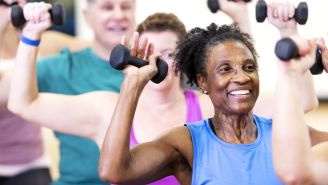
article

slideshow

article
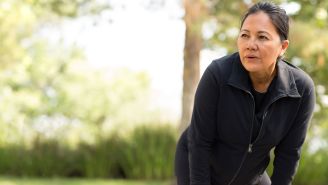
article
